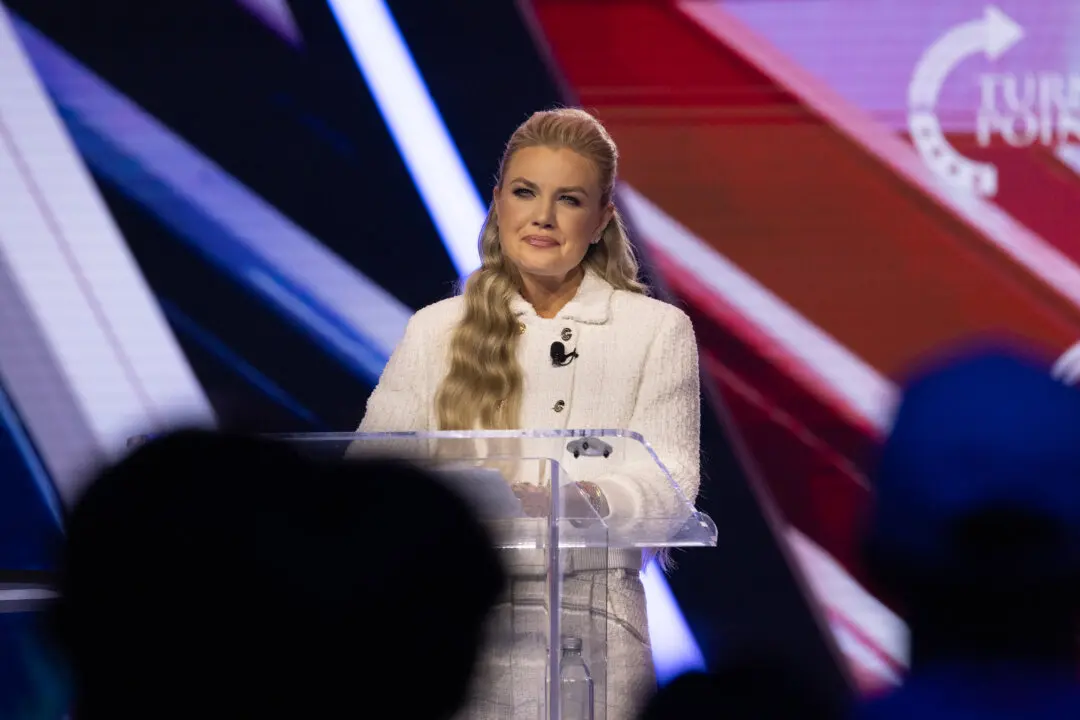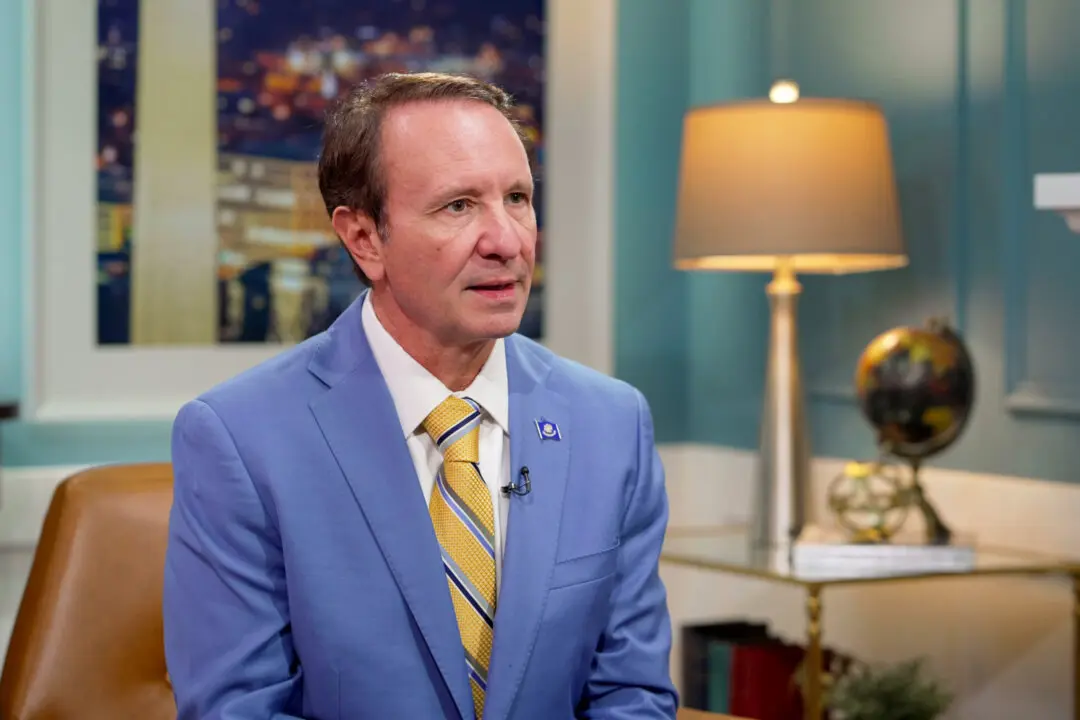On Jan. 11, the Senate Committee on Energy and Natural Resources (ENR) held a hearing on hydropower, prompting senators to comment on factors that may threaten the continued existence and expansion of the renewable energy source.
“If these Democrats want to reduce energy prices, they need to work with Republicans to make it easier—not more difficult—to produce American energy,” ranking member Sen. John Barrasso (R-Wyo.) said in his written opening statement.





